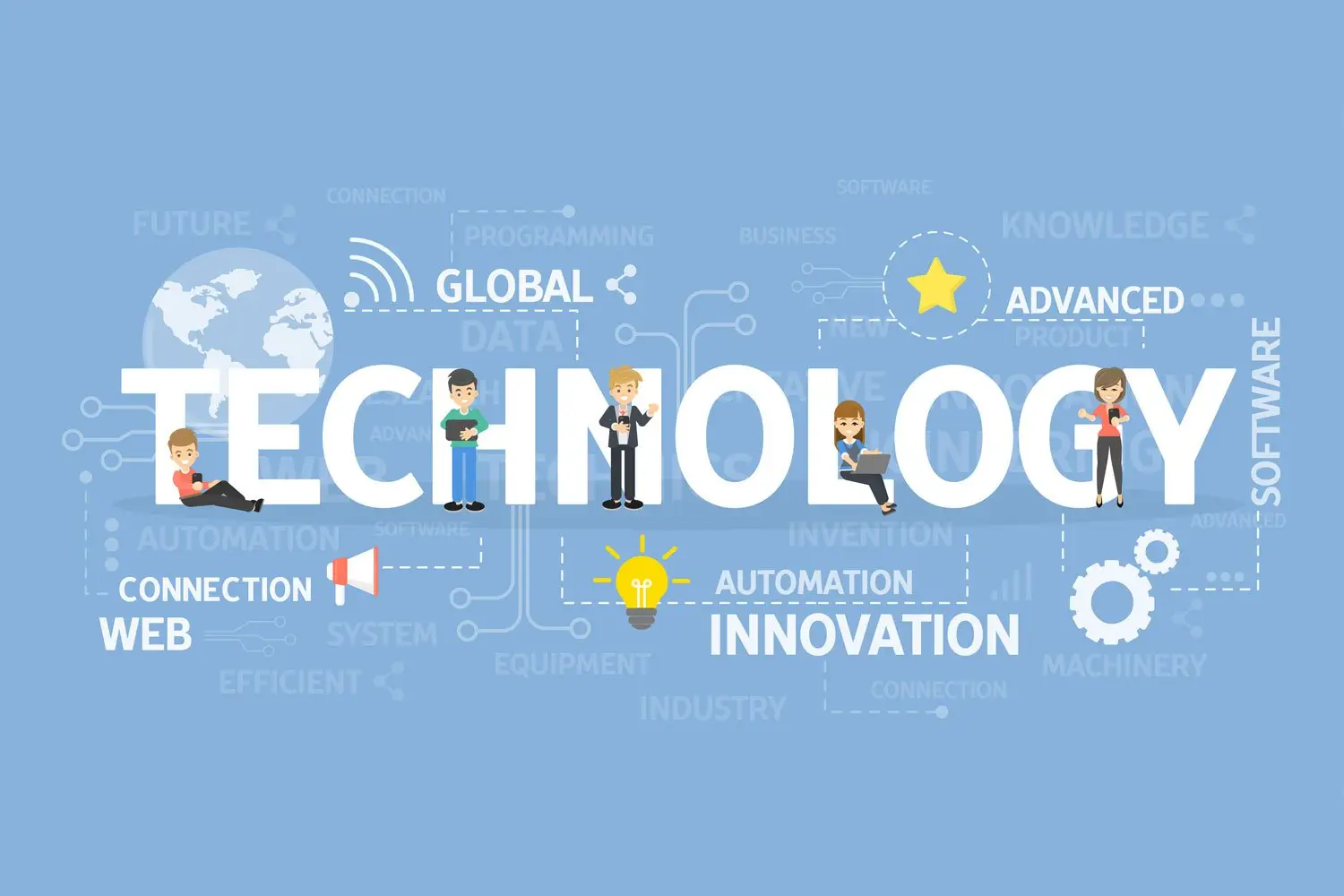
What Do Businesses Expect from IT Today: SMACS
- [printfriendly]
The organization sustains and grows with various factors such as people skills, market situation, macro-economic and socio-economic conditions, globalization, geopolitical scenario, regulatory concerns, and environmental issues.
Now organizations are finding technology the most important factor that impacts their business. The gift of the internet, especially information technology, has made every business leader think and visualize the progress in a SMACS Platform. SMACS, refers to Social, Mobile, Analytics, Cloud, and Security. There's no doubt that data or big data is now the new natural resource for business. Looking at data flows across different functional units of an organization internally or externally, we cannot deny the chance to get a surprise solution at a certain point. SMACS organized the data in a meaningful way that helps the business to survive and facilitate 360 degrees growth.
Social: With many social media platforms in place, the IT industry stands at the beginning of the most significant revolution in recent years which create leverage for other industry to find the biggest space to create customers. The social metadata which captures the user’s information and activities is valuable to marketers for customer insights that may increase marketing indicators and sales lead. The use of social data such as tweets from Twitter, posts on Facebook, pins on Pinterest, posts on Tumblr, among others, and the relevant business application interface help in converting social data to market data.
Mobile: The world works with changing expectations, the same way business moves with the expectation from the workforce, clients and global communities. The evolution of mobile devices and apps has given a new dimension to the business process reengineering and optimization through enterprise mobility. The information and data just click to go. Business leaders have been practicing their dashboard strategy and operational plan by visualizing the most important triggers across departments on real-time dashboards in a small device. The data insights are accessible to the whole organization by sharing information from distributed business systems onto a single dashboard.
Analytics: Transferring data into insights and providing the ability to act upon those insights in real-time is becoming a smooth process with the advancement of business intelligence and analytics tools. The major IT players such as IBM, ORACLE, MICROSOFT, and Google have proved to be helping small to big organizations in terms of collecting, extracting, analyzing and visualizing data in a multidimensional way. The advantage of providing a global gusher of information has become a reality for businesses by energizing the old school statistical methodologies and landscaping techniques of Artificial Intelligence.
Cloud: The easy way of finding data in a centralized location of stored data over the internet for business makes it agility, flexibility, and scalability. The game-changing disruptive technology and utility computing model are making accessible data from any device or from any platform available at any time and from anywhere. Moreover, the cost reduction emphasizes the three aspects of cloud services i.e. Infrastructure as a Service(IaaS), Platform as a Service(PaaS) and Software as a Service(SaaS).
Security: When there are technology and data inflow, security concerns are always there. The demand for information as per organizational needs and business apps should perform reliably and securely, wherever and whenever we use them. This changing scenario gives new challenges to IT security. IT security firms have been trying their best to device robust control mechanisms that respond to the new ways people work with data and information.
With the changing global business scenario, hopefully, in the coming days, the adoption of SMACS will be beneficial and give organizations a new level of a working model.



